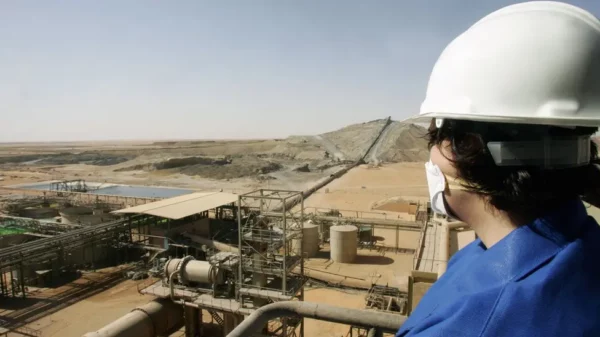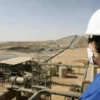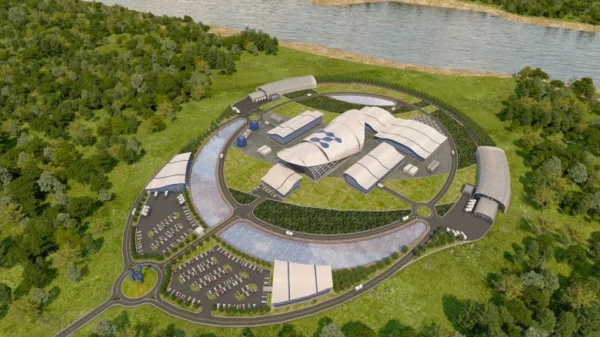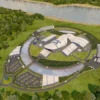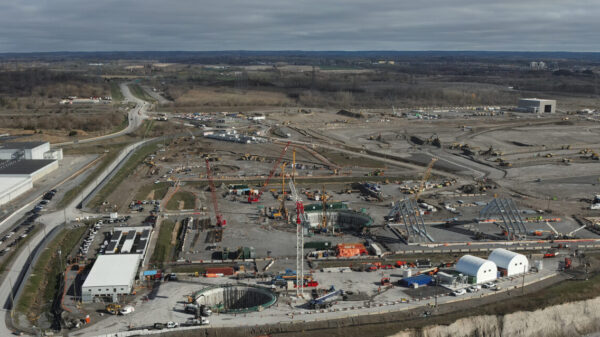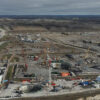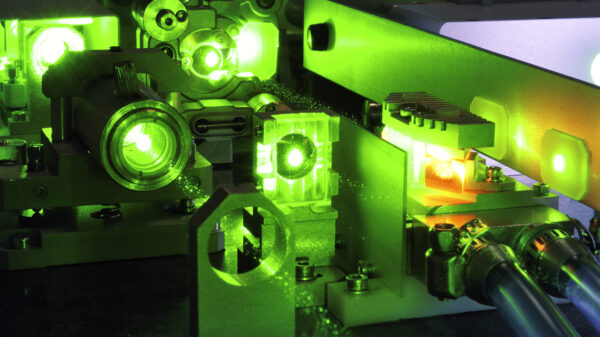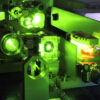Canada is investing and pushing for new nuclear power technologies in sight of the current global energy market ecosystem, according to the Canadian Minister of Natural Resources
On Wednesday, Minister Jonathan Wilkinson said during the International Atomic Energy Agency’s fifth ministerial conference on nuclear power in Washington, D.C. that the country is investing and deploying new power technologies such as small modular reactors (SMRs).
Minister Jonathan Wilkinson said that because of Russia’s illegal invasion, energy affordability and security are now at the forefront of international affairs. He added that the conflict has exposed the vulnerability of global energy markets and impacted the supply chain of many industries.
In the statement, the Minister said Europe is replacing Russian energy imports with those from other countries while concurrently accelerating a transition toward non-emitting and more secure forms of energy, including renewables, hydrogen and nuclear.
However, the global economy was already changing as more financial markets are increasingly pricing climate risk into investment decisions.
“Smart money is flowing from assets that are not compatible with a transition to a net-zero world and toward opportunities that are,” said Minister Wilkinson.
Minister Wilkinson delivered Canada’s National Statement at the @iaeaorg’s Ministerial Conference on Nuclear Power, where he discussed Canada’s expertise and leadership in nuclear research and technology. Read it here: https://t.co/7E2xbxfDMm pic.twitter.com/XMYdfaKn1s
— Natural Resources (@NRCan) October 26, 2022
Read more: Canadian Infrastructure Bank loans $1B to Ontario Power Generation for new small modular reactor
Canada is a strong player in nuclear power
Canada was the second country to ever produce nuclear power and since then they encourage and promote the safe, peaceful use of nuclear energy around the world.
“Today, as a Tier-1 nuclear nation with over 70 years of technological leadership, a world-class regulator and a strong domestic supply chain, our nuclear sector is poised to be a leader in an emerging global market that some estimate to be worth up to $150 billion a year by 2040,” said Minister Wilkinson.
Canada is home to the largest deposit of high-grade uranium on earth which is located in Saskatchewan. The country also produces over 70 per cent of the world’s supply of cobalt-60, which is the most common isotope used in radiation therapy and medical equipment sterilization.
In 2019, 539,773 tonnes of elemental uranium had been mined in Canada which was about one-fifth of the world’s total. However, in 2020 it was overtaken by Kazakhstan and Uzbekistan.
Uranium production comes mainly from the McArthur River and Cigar Lake mines in northern Saskatchewan. Canada has uranium resources of 606,600 tonnes of Uranium which makes it a significant player in meeting future world demand.

Photo via World Nuclear Association
The recent federal budget included $70 million in research to minimize waste generated from reactors, create a fuel supply chain, enhance safety practices and strengthen international nuclear cooperation agreements. The government also invested $50 million in the Canadian Nuclear Safety Commission to develop appropriate regulations for small modular reactors.
The budget also expanded the role of Canada’s Infrastructure Bank, allowing it to invest in infrastructure projects that will accelerate Canada’s transition to a low-carbon economy such as small modular reactors (SMR).

Small modular reactors (SMRs) have a power capacity of up to 300 MW(e) per unit. Many SMRs, which can be factory-assembled and transported to a location for installation, are envisioned for markets such as industrial applications or remote areas with limited grid capacity. Image by A. Vargas via International Atomic Energy Agency
Small modular reactors work by nuclear fission but are smaller than conventional reactors and can be transported to a different location than where they were fabricated.
The first Canadian SMR, a five-megawatt Micro Modular Reactor design, is set to be launched in 2026 at the Canadian Nuclear Laboratories’ site at Chalk River, Ontario which has an investment of $1.2 billion for revitalization.
On Tuesday, the Canada Infrastructure Bank announced a loan of $970 million to develop Canada’s first commercial SMR which is a larger, 300-megawatt project that will start functioning at the Darlington, Ontario generating station by 2028.
The federal government has been supporting SMR development with programs like the Strategic Innovation Fund, which invested $20 million to advance Ontario-based Terrestrial Energy’s reactor design. Through the same fund, Canada invested $50 million to develop New Brunswick’s Moltex Energy reactor as well as technology to recycle CANDU spent nuclear fuel into new fuel.
The government also invested $27 million in financing for Westinghouse Electric to help advance microreactors in Saskatchewan.

Light water small modular nuclear reactor. Graph via U.S. Government Accountability Office
Read more: The Mugglehead resources and mining roundup: uranium
Nuclear power is non-emitting and safe
Nuclear power is non-emitting which means the electricity produced doesn’t release any greenhouse gases as a result of fuel combustion. This type of power is also considered safe and provides affordable –when used properly– baseload power which is the minimum amount of electric power needed to be supplied in an electrical grid.
Worldwide, nuclear power has helped avoid about 55 gigatonnes of carbon dioxide emissions over the past 50 years and provides roughly 10 percent of the world’s electricity.







